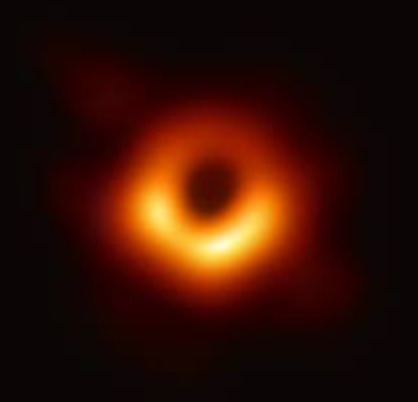Black Holes
- Anna Oliva

- Jan 23, 2023
- 1 min read

Black holes are very cool; literally, the inside is freezing. I absolutely adore them, and they make fascinating objects of study. After all, nothing is more interesting than a very heavy star-sucking blob of darkness. I got my first look into the science behind black holes in The Oxford University Press’s A Very Short Introduction to Black Holes, and I've been reading more about them ever since.
Briefly defined, a black hole is a place in space with so much gravity even light cannot escape (this point of no return is called an event horizon). The center of a black hole contains a singularity, a one-dimensional point with a large mass in an infinitely small space. Inside singularities density and gravity are also infinite, with perpetually curving space-time. Black holes form from the gas of collapsing stars, but there is some evidence showing their possible presence at the beginning of the universe. They are invisible and can be as small as one atom or supermassive, which means they have the mass of around four million suns. These entities grow by absorbing stars or other gas, but Hawking radiation allows some particles to escape event horizons, which can “evaporate” black holes over time.
There have been many recent discoveries about black holes!
Binary black holes:
Uncovering their origin:
The first image:
Although black holes are incredibly powerful, a star was spotted having escaped from one:



Comments